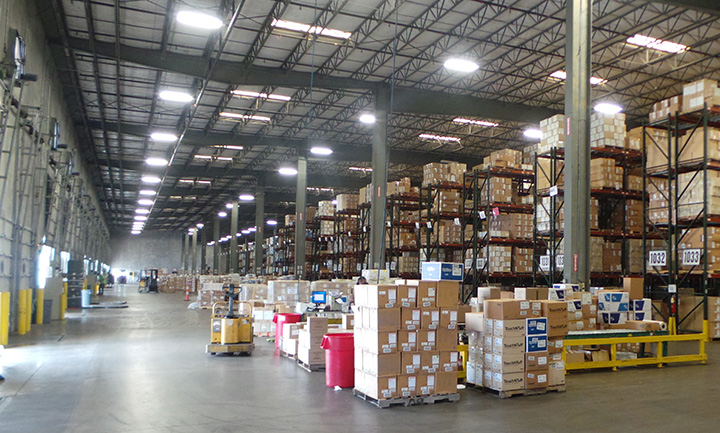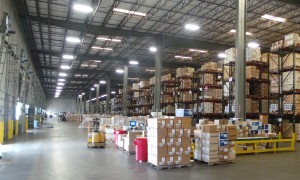Glass Warehouse Initiative – Visibility in Shipping Orders


By Dave Jesse, COO
I’m excited to continue to break down the blueprint behind our Glass Warehouse Initiative with my third of four posts on the topic. If you haven’t already read the initial press release (click here) or my first or second post (click here), I would encourage you to read these first to better understand what I am discussing. If you are skipping ahead, our Glass Warehouse Initiative was developed to give our clients valuable insight into the logistics we provide for their supply chain. It breaks down into three key areas of focus – systems, technology, and data. Each plays an integral part in creating visibility throughout our facilities, from receiving and shipping to managing inventory and data analytics.
What I will focus on for this third post will be how the Glass Warehouse Initiative enables our clients to have visibility into fulfillment and shipping orders. Shipping orders out of our facilities starts with the robust systems we’ve put in place. Utilizing Cadence, our WMS (warehouse management system) from Cadre Technologies, dedicated CSR’s (customer service reps) process and release orders as they come from various ERP systems such as Oracle and SAP or via email or even phone calls. Our WMS confirms the products being picked are available, creates a physical picklist for the order, prepares any shipping labels for printing, and waves the order to a wireless RF-gun. It also provides visibility through our customer web portal, BLI Web, that the order has been received and is in the fulfillment process.
Order pickers on a forklift head out to our Wi-Fi-enabled warehouse floor with an RF-gun in hand. The WMS determines the most efficient pick path to pick everything needed to fulfill the order as quickly as possible. When the picker arrives at each location, he scans the location Mu (see first blog post) and confirms the quantity he is picking for the order. This instantly updates in Cadence WMS and BLI Web, providing visibility of available inventory to the customer. Once that has been done for each item, the order is dropped in the proper shipping lane and the shipping lane bar code is scanned confirming the order is now ready for loading. When the entire order is picked, our WMS automatically generates a packlist with all the products on the order and changes the order status to COMPLETE in BLI Web. Based upon customer requirements, customized shipping labels are created to meet client’s standards or vendor compliance and placed with the order.
It’s the responsibility of the quality control checker on the loading dock to systematically double-check everything on the order dropped off by the picker. They do a full account of everything by verifying the packlist against what’s on the dock as well as ensuring all labeling is correct. Currently, this is done with a mix of manual procedures and tablet technology, with a full transition to tablets by early 2017 to further streamline the process.

The final part of shipping orders is the movement of the orders onto the trailers. Trucks typically arrive through scheduling by Bonded Transportation or our client’s carrier. With the trailer at the dock door, our loaders scan the label on the pallet and then scan the dock door to confirm the correct trailer. Once complete, a VICS bill of lading (BOL) is printed to confirm what is on the trailer, who it’s from, and where it is going. This is signed by the driver and returned to us so we can update Cadence and BLI Web that the order has shipped. Each BOL is then scanned using state-of-the-art copiers that identify and match the BOL with the order using OCR (optical character recognition) technology. This allows our clients immediate visibility to shipment and tracking information through BLI Web.
Inventory demand data is analyzed monthly to assign velocity codes to all items in the warehouse. We utilize this data to help determine the best layout of the warehouse by looking at velocity and placing inventory in the optimal locations for picking. What our clients like to see is not only the order velocity but also geographic location of shipments, transportation analytics, and gauging inventory levels based on slow and fast moving sku’s. This allows them to better manage their transportation spend and make sure product is available so orders can be processed quickly.
Does your logistics’ partner offer up this kind of visibility when shipping out orders? If not, reach out to us so we can start a conversation about how we can help.
